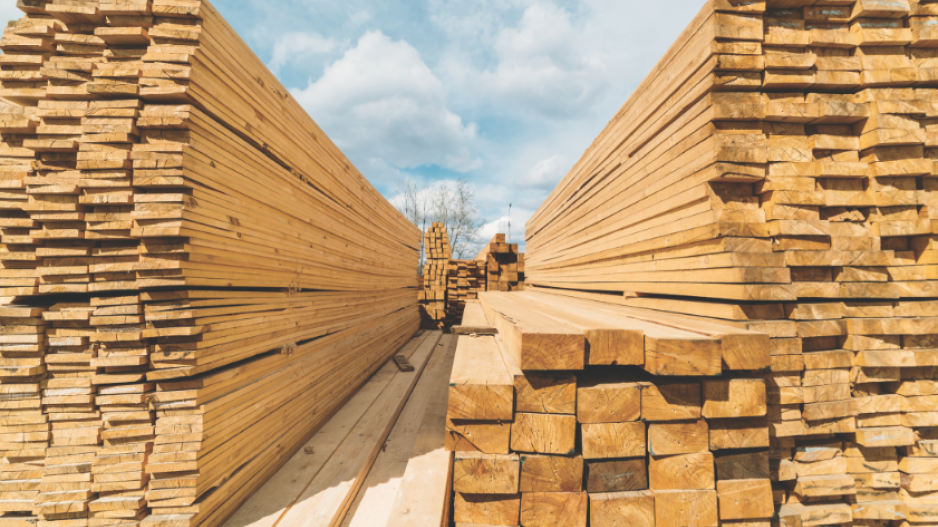The U.S. approved new preliminary anti-dumping duties June 26 averaging around 7% on Canadian softwood lumber exports.
According to the Forest Products Association of Canada (FPAC), the duties for Canada’s major lumber companies are 7.72% for Canfor Corp. (TSX:CFP), 7.53% for Tolko Industries, 6.76% for West Fraser Timber (TSX:WFT) and 4.59% for Resolute Forest Products (TSX:RFP). Other Canadian producers will have to pay 6.87%.
Combined with the countervailing duties of around 20% announced in April, the combined duties amount to an averaged total of 26.75%.
While the industry expected the anti-dumping tax, FPAC CEO Derek Nighbor said it’s still unwarranted action that the Canadian government needs to dispute.
“What we’re hearing from some people is that the numbers might be a little bit lower than they expected on the anti-dumping, but overall, this remains a frustrating process,” said Nighbor. “It’s a process where we’re at the mercy of the Americans, and once again, we’re confident that we will be proven right and that these duties are simply unwarranted.”
The biggest impact of the combined duties will be felt in B.C. – Canada’s largest producer and exporter of lumber to the U.S.
The trade dispute was debated in the B.C. legislature on the same day the U.S. announced the new duties. The BC NDP, which has been given Lt.-Gov. Judith Guichon’s assent to form government, has made resolving the softwood lumber dispute one of its top initial priorities.
One of the measures the Liberals had planned to implement to help B.C. lumber producers was to pre-purchase lumber from them for government projects like social housing.
The full effects of the combined duties remain unclear. The industry is currently weathering the U.S. penalties thanks to high lumber prices driven by the low Canadian dollar and strong demand in the U.S. for housing construction.
Nighbor said he hopes the Canadian government’s ongoing advocacy – to argue for the importance of the industry in Canada and to remind U.S. officials of the potential fallout for American consumers and retail groups of a prolonged softwood war – will be successful.
“Market conditions right now are favourable, that’s for sure,” said Nighbor. “But over time, if this continues to drag out, it’s going to be more challenging. We’ve seen the government launch its charm offensive in the U.S.; we have a lot of support from the homebuilders and consumer groups and retail groups in the U.S. because this is a loss for American consumers.”
The U.S. still remains Canada’s largest export market, but it’s now shrinking as Canada begins to look toward other export markets like Asia. The U.S. represents about 50% of B.C. lumber exports; 30% goes to countries in Asia, mainly China and Japan.
For Nighbor, shifting some of the focus to other export markets will have positive effects for the industry.
“It’s going to provide new opportunities, and it’s going to allow us to be better positioned in the future by having a more diversified trading market,” he said. “The U.S. for the foreseeable future is going to be a very important part of the business, but the more we can sell to China, Japan and throughout Asia, and to other markets around the world, is going to better position our industry for future success.” •




